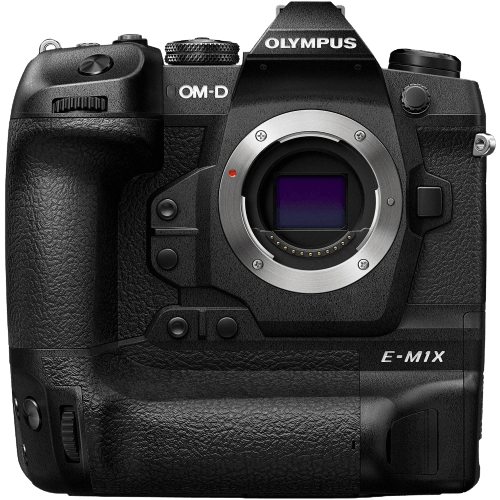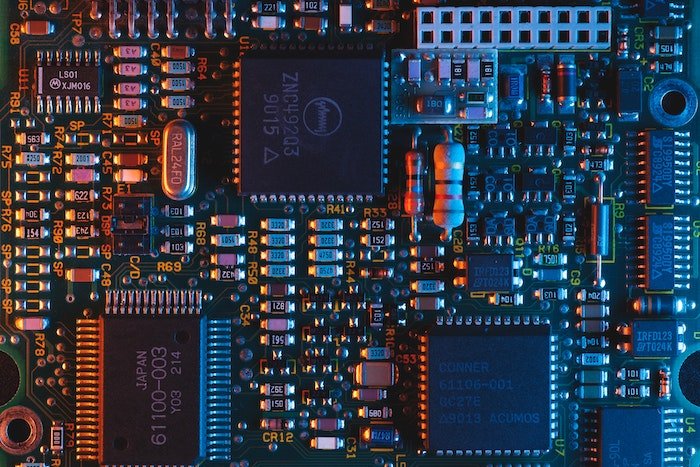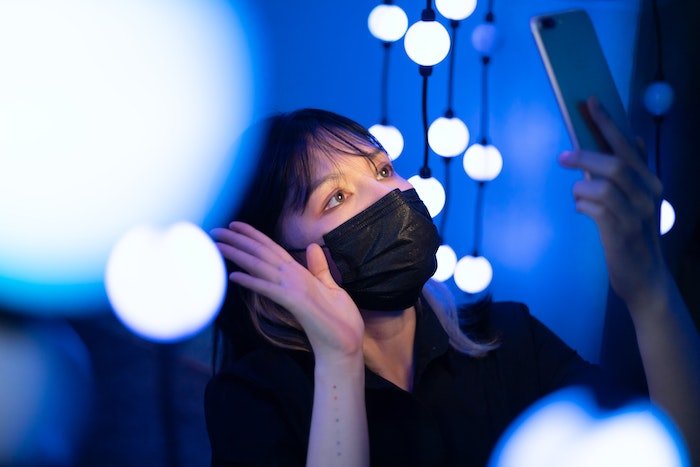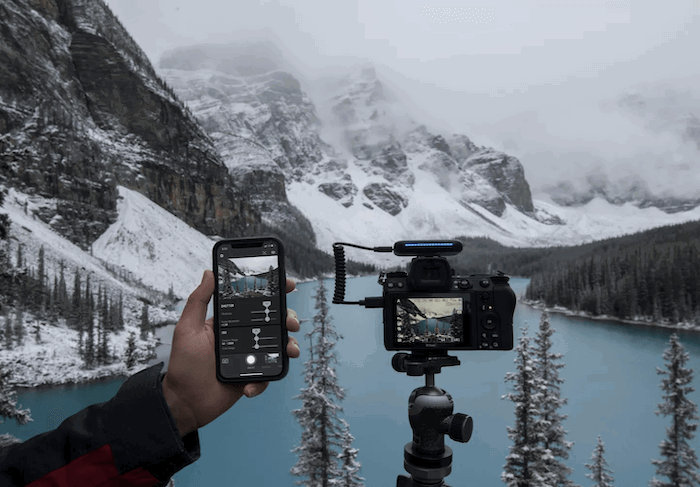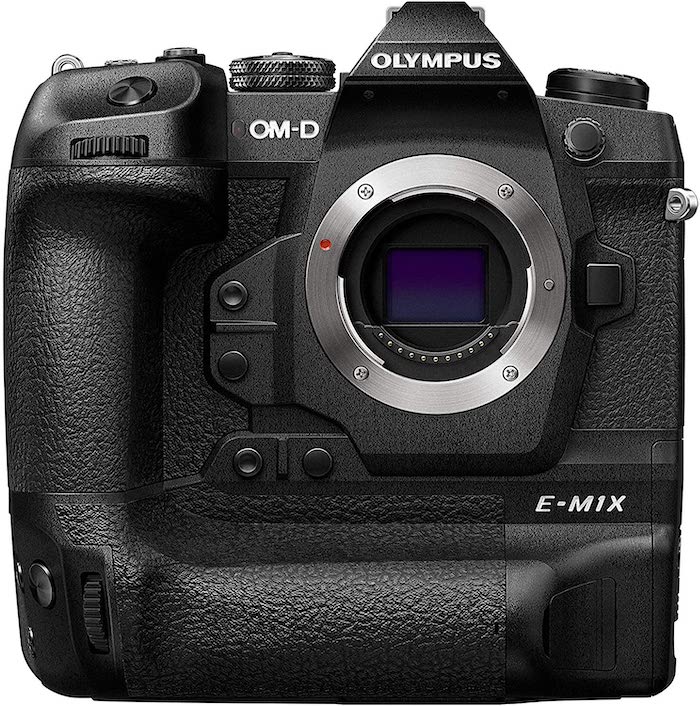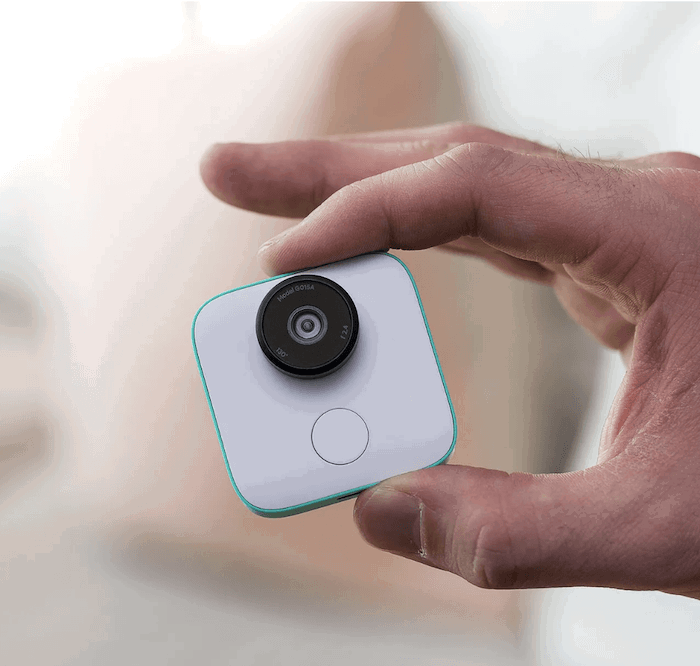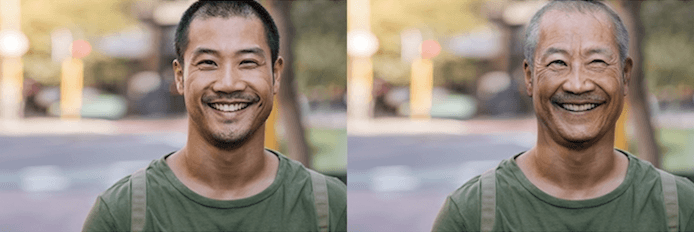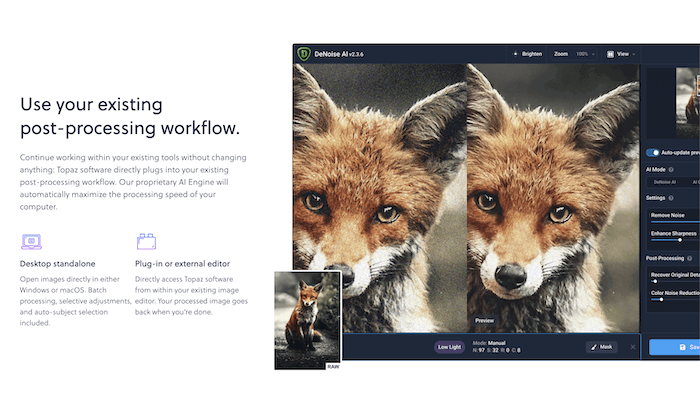The newest, groundbreaking progression is the incorporation of artificial intelligence (AI). Today, I will talk to you about AI photography. And we will explore the question of how AI is changing the world of photography.
Ai Photography: What is Artificial Intelligence?
Artificial intelligence is a technology with applications in almost any form of computing. This is especially evident where you need a human element to optimize a program. AI is the process of machine learning. It is the simulation of human intelligence in a computer. Programs learn and keep the information as they progress. AI produces accurate results due to its familiarity with its environment. The program DeepMind began as an AI playing the 1970s video game Breakout. It played game after game until it found the most efficient way of winning the game. If you were to apply this type of machine learning to photography, you could have a machine that theoretically takes perfect pictures! In practice, there is no program yet with the formula for perfect framing and composition. But AI covers a lot of the processes that would be laborious for us to correct. So, in a nutshell, AI is here to improve our efficiency.
What is AI in Photography?
Manufacturers have integrated AI into photography for a few years now. If you have a smartphone, you already have a range of AI programs at your fingertips. For example, AI in photography includes your camera’s computer identifying certain subjects. This identification leads to the program making automatic adjustments to the image. So let’s take a closer look at a couple of examples where AI is in everyday photography.
Facial Recognition
As most people know, Apple uses facial recognition software to unlock its devices. This software learns your facial features and stores them. Now, many photography companies have incorporated the same facial recognition into their cameras. The most common place is autofocusing. A point-and-shoot camera’s primary function is to photograph people. Facial recognition can scan the scene in real-time and then identify if there are faces in an image. The camera will then prioritise the focus to be on the faces. This takes out the need for direct auto-focusing on the face of a subject. It is a simple change but a huge step in efficiency. You will be able to find this technology incorporated in most digital cameras.
Environment Recognition
Even the way that a camera reads the environment is part of an AI process. This is evident in smartphone camera settings, such as Apple’s Portrait mode. The feature identifies a subject in the foreground. Then it simulates a shallow depth of field. Your subject is entirely in focus, but the background blurs behind it. Thus, it draws more attention to the subject you are trying to photograph.
Zoom and Enhance
Both Google and Adobe have zoom-and-enhance programs in development. These programs take low-quality images and refine them to give you images you are happy with. We see this in crime shows and spy movies. And soon, it will become a real option for us in photography software. These programs will be most helpful in restoring unusable files. If you use a scanner to transfer old negatives and prints onto a digital device, this software will give new life to those images. Adobe’s program is AI Enhance. It can turn a 0.8-megapixel image into one that has over 3 megapixels. Even though that doesn’t seem like a lot, the difference is incredible. It can turn a pixelated image into a recognisable photograph. Google’s program uses two processes to enhance pixelated images:
How Can AI Improve Your Photography?
Now I will take you through a few cases where AI is available for your photographic needs. These are examples to show you the direction that photography AI programs are going.
Arsenal
Arsenal is the first piece of AI camera hardware that I have seen that you can buy and attach to most DSLR cameras. It is a system that plugs into your camera and then aids you with the scene you are photographing. The Arsenal team claims the program doesn’t take away from photographic originality. That’s because it is still up to you to decide what you point your camera at and frame the image. This program works with a vast database of photographs. When you direct your camera to a scene, Arsenal will search its database to find similar ones. The AI software then offers you many settings to capture what it thinks is the best image possible. Thus, it gives you an image like those taken by professional photographers. They have developed it to recognise action images, to suggest when to use a shorter exposure time. It can also recognise when your image needs a longer exposure. For instance, you can be at the lake’s shoreline, and a longer exposure could add a subtle misty effect to the water. Arsenal also offers brilliant efficiency in the context of stacking techniques. It provides options for HDR, focus stacking, bracketing, and more. With a click of a button from your smartphone, the hardware will take the desired photograph for you. Their new feature is Deep Color. Deep Color uses a neural network to develop each photo intelligently. The AI program reads the frame and decides where to enhance specific tones. These enhancements are unique for each environment you encounter. The AI uses references from its image database to learn what should change. In a way, you have a person with a photographic memory telling you the most successful edit for each of your photos.
Olympus E-M1X
Olympus has led the charge for integrating AI straight into their DSLR cameras. The Olympus E-M1X has a feature to identify objects in your frame before you have taken the picture! The camera can recognise birds, trains, motorsports, and other subjects. This can be a huge help with autofocusing and takes facial recognition to the next level. We also see Pro Capture, Olympus’s reply to Apple’s live photos. This feature will capture images before and after you take your single frame photo. The camera will start to record images as soon as your shutter is half-pressed. I am a fan of their live ND filters. This is a computer-generated effect that can simulate a range of ND filters. ND filters allow you to take the same photo but with a longer exposure. So getting a misty shot of a waterfall or crowds descending into a subway couldn’t be easier. Olympus also includes a feature called Live Time. Here, you can watch long exposures formulate as the exposure is happening! A welcome part for those who take photos of star trails.
Google Clips
Google Clips is the first camera that a computer operates. Yes, there is still a button on it to take your images. But, it works on its own, with Google encouraging you to leave it in a good position. As the first full AI camera, Google Clips picks certain moments to take a small video. From those, you can choose your favourite frame. It uses AI recognition to identify who to take pictures of. It remembers people important to you, which you can set by selecting them on the app. The camera learns what clips you save and tries to achieve more images or sets like this in the future. You can even set priorities for the camera. I don’t think it looks too great if you leave the camera in the same position. It won’t take many photos that are too different. So you have to move the camera around to make sure the pictures are new. I also think the camera quality is lacking. But this could be an excellent addition to your house if you don’t want to miss out on precious moments. You can capture birthdays, Bar Mitzvahs, and babies’ first steps. And you don’t have to be behind the camera. Google has discontinued the camera (with support up until December 2021). But this gives us an idea of where AI could be heading.
Photo Editing with AI
Now, let’s take a look at some software featuring AI capabilities. There is no surprise AI is in photo editing programs. Many editing tools work with computers reading data around it. Then, they make predicted reactions that could fit the scenario. So let’s see what companies are offering with AI.
Luminar AI
One of the best-known AI photo editing software is Luminar AI from Skylum. It features specific landscape and portrait tools. The Atmosphere and Augmented Sky features create composite edits for you. They allow you to choose a range of moods for your photograph. The program will read your image, identify the sky, and change the whole image to suit that style. This can save you hours of composite time on Photoshop. Luminar AI software also features great tools for photographing people. It includes automatic face and skin editing, that we also tested ourselves in our Luminar AI review, amongst other things. These features use AI to edit portraits like the pros, saving you from hours of spot-brush removal. They also have a Portrait Bokeh feature, which is like Apple’s portrait mode.
Photoshop
Adobes Photoshop is the industry standard for editing software. So it is no surprise that they have some great features in the works that involve AI. Adobe is working on a suite of editing tools that they call Neural Filters. With these features, you can adjust a person’s age and even their facial expression! Here, you would edit emotions like joy, surprise, or anger through a simple slider. In the future, Adobe’s AI software will be able to edit critical elements from a shoot, such as the direction of light. It will make an accurate reading of a subject’s face. And then it will apply shadows and highlights to specific areas. This will make it look as if the lighting was directional. If this software is successful, there could be many changes to how we take pictures. It will affect everything from fashion campaigns to stock images.
Topaz
Topaz is another lab working on image editors, but they specialise in AI software. These tools are only available for zoom-and-enhance purposes. The software sells as different tools. So you can pick the specific one you need, as a one-time payment. These tools include DeNoise, Sharpen, Gigapixel, and Video Enhance. The titles are pretty self-explanatory and perform great. I would recommend these if you have a recurring problem with your images and want a carefree way of editing. This is great for people who aren’t efficient in editing software such as Photoshop.
Is Artificial Intelligence Ruining Photography?
You will undoubtedly come across at least one person complaining about AI technology. Some will say it is the death of true photography. I understand where they are coming from, but this couldn’t be further from the truth. It may be good to consider photo manipulation. It has been around even before the digital age. Photographers would dodge and burn images with their hands on an enlarger. They even cut out different sections from negatives and imposed them on others to create a new image. With this in mind, we can perhaps see AI as a natural evolution in photography. AI will not ruin the natural art and expression of photography. If anything, it will allow point-and-shoot photographers to achieve better photos. It will also make a significant difference in saving precious images for the future.
Conclusion
AI hardware and programs are becoming a common part of photography. This article has shown some of the industry trends with AI photography. And we’ve looked at some of the products that companies are working on. The race is on for developers to build even better AI technology. And we will all benefit from AI in photography. If you’re already here, why not check out our post on Lightroom’s new AI masking tool! Do you want to understand how composition works? Check out our e-book and cheat sheets for Intuitive Composition to capture stunning images in ordinary situations.
